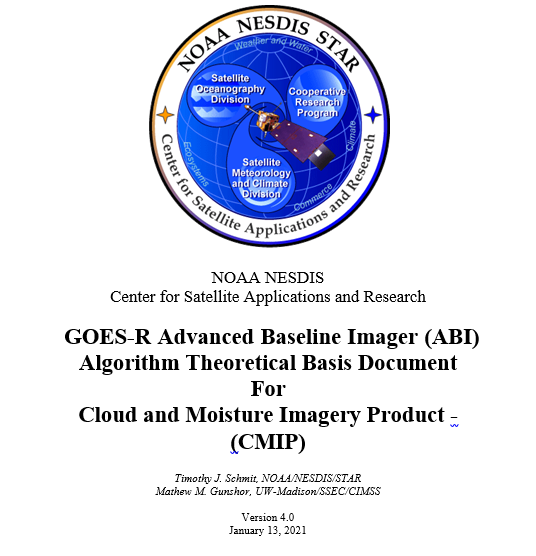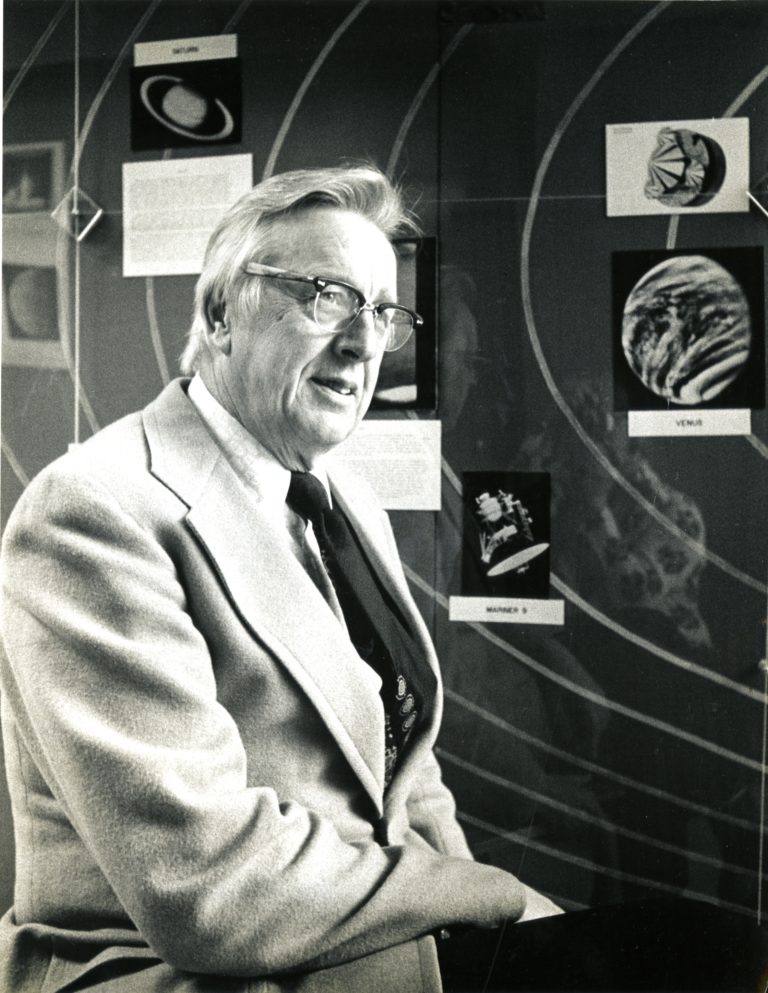
[ Archive ]

 |
CIMSS-NOAA Weekly Report [ Archive ] |
 |
CIMSS AND ASPB WEEKLY HIGHLIGHTS FOR THE WEEK ENDING JANUARY 22, 2021
PRODUCTS AND APPLICATIONS:
CSPP GeoSphere Interactive Website for GOES-16 Imagery Launched: A new website called CSPP GeoSphere was launched, allowing users to view a variety of GOES-16 imagery and animations that are updated in near real-time. A tile-based interface similar to Google Maps allows on-demand downloading of imagery as the user scrolls, pans and zooms. Data is acquired from the GOES Rebroadcast (GRB) stream on an antenna located at the Space Science and Engineering Center / Cooperative Institute for Meteorological Satellite Studies (SSEC / CIMSS), processed with software developed under the Community Satellite Processing Package for Geostationary Data (CSPP Geo), and displayed with very low latency. The back-end processing system was developed using cloud-compatible technologies, and has been demonstrated running in Google Cloud. Development of the website was funded by SSEC, leveraging software and cloud-compatible infrastructure that was developed under NOAA funding. Visit https://geosphere.ssec.wisc.edu. (G. Martin, CIMSS/SSEC, graemem@ssec.wisc.edu; D. Hoese, SSEC; C. Suplinski, SSEC; R. Garcia, CIMSS/SSEC)
AWARDS AND RECOGNITION:
PUBLICATIONS:
GOES-R Series ABI CMI ATBD Updated: The Geostationary Operational Environmental Satellite (GOES)-R series Advanced Baseline Imager (ABI) Algorithm Theoretical Basis Document (ATBD) for Cloud and Moisture Imagery Product (CMIP) has been updated by the imagery team and supplied to the Algorithm Working Group (AWG). (M. Gunshor, CIMSS; T. Schmit, E/RA2, 608-263-0291)
 (Click image to enlarge)
(Click image to enlarge)
Figure: Cover page of the updated GOES-R series ABI Algorithm Theoretical Basis Document (ATBD) for Cloud and Moisture Imagery Product (CMIP).
WORKSHOPS, CONFERENCES, AND MEETINGS:
TRAINING AND EDUCATION:
VISIT Training on NUCAPS Profiles: Scott Lindstrom from the Cooperative Institute for Meteorological Satellite Studies (CIMSS) gave a Virtual Institute for Satellite Integration Training (VISIT) session on NUCAPS (NOAA-Unique Combined Atmospheric Processing System) Profiles that are available in AWIPS at National Weather Service forecast offices. The training includes information on how individual profiles are created and displayed, how they can be modified in AWIPS, and on gridded thermodynamic fields that are derived from the NUCAPS profiles. This live training was given to forecasters at two forecast offices, Louisville (WFO LMK) and Topeka (WFO TOP). (Scott Lindstrom, CIMSS, 608 263 4425)
MEDIA AND OUTREACH:
SSEC and CIMSS Scientists in the News: Scientists at the University of Wisconsin-Madison (UW) Space Science and Engineering Center (SSEC) and the Cooperative Institute for Meteorological Satellite Studies (CIMSS) provide expert interviews, imagery and case studies to promote science. This week: 1) CIMSS invites applications for the 2021 Verner E. Suomi Scholarship. The scholarship honors Professor Suomi’s lifelong commitment to undergraduate education and is awarded to high school seniors planning to enroll in a University of Wisconsin System undergraduate program. Read more: https://www.ssec.wisc.edu/news/articles/11716/. 2. NOAA National Centers for Environmental Information (NCEI) scientist James Kossin's paper, 'Global increase in major tropical cyclone exceedance probability over the past four decades,' is ranked 26th in the Altmetric Top 100 for 2020, an annual list of the research around the world that has captured media attention. Co-authors on the paper include CIMSS scientists Timothy Olander and Christopher Velden and NCEI scientist Kenneth Knapp. Read more: https://www.altmetric.com/top100/2020/?subject=Earth+Sciences. 3. CIMSS Satellite Blog contributors Scott Bachmeier and Scott Lindstrom published case studies on "NUCAPS fields across an upper tropospheric front" (Jan. 20), "Strong winds, gravity waves and turbulence across Northern California" (Jan. 19), "South Sandwich Islands lee waves" (Jan. 16), "Blowing dust across the High Plains (Part 2)" (Jan. 15-16), and "Derived Motion Winds in a Dust Storm" (Jan. 15). Read more: https://cimss.ssec.wisc.edu/satellite-blog/. (J. Phillips, SSEC, 608-262-8164, J. Kossin, NOAA NCEI, T. Olander, CIMSS, C. Velden, CIMSS, S. Bachmeier, CIMSS, S. Lindstrom, CIMSS)
 (Click image to enlarge)
(Click image to enlarge)
Figure: Professor Verner Suomi: CIMSS invites applications for the undergraduate scholarship in his name. Read more: https://www.ssec.wisc.edu/news/articles/11716/. Credit: UW-Madison Archives.
 (Click image to enlarge)
(Click image to enlarge)
Figure: A dust storm that originated across the High Plains on Jan. 15, 2020, began to flow off the Texas coast and over the Gulf of Mexico by Jan. 16, 2020, as seen in GOES-16 dust, RGB imagery. Read more: https://cimss.ssec.wisc.edu/satellite-blog/archives/39690. Credit: CIMSS.
OTHER:
| Archived Weeklies Page | Submit a report item |